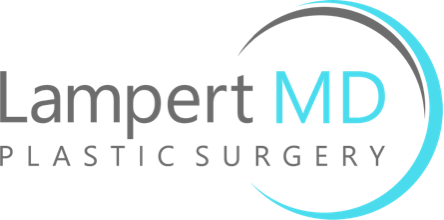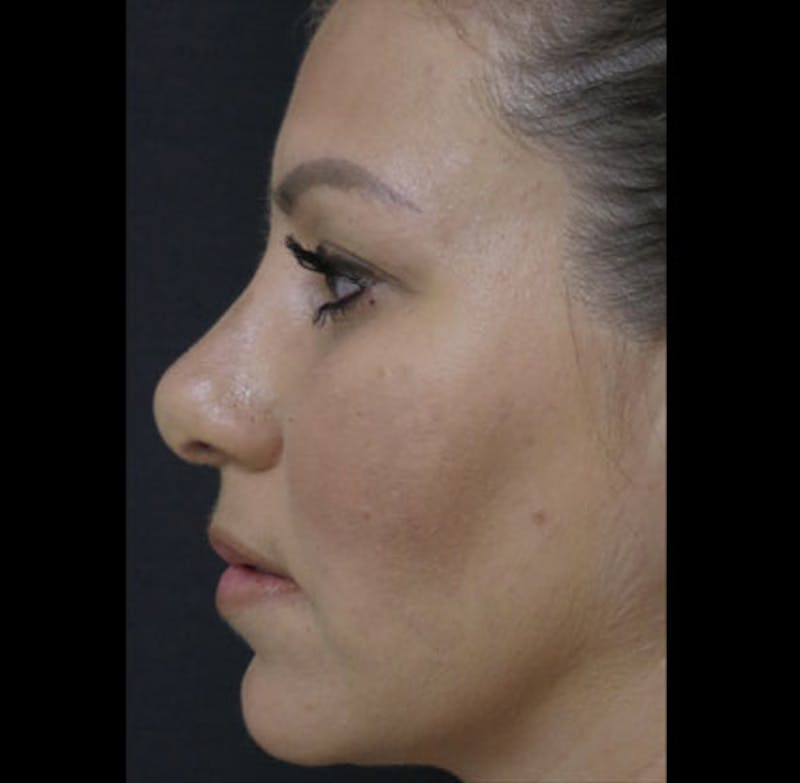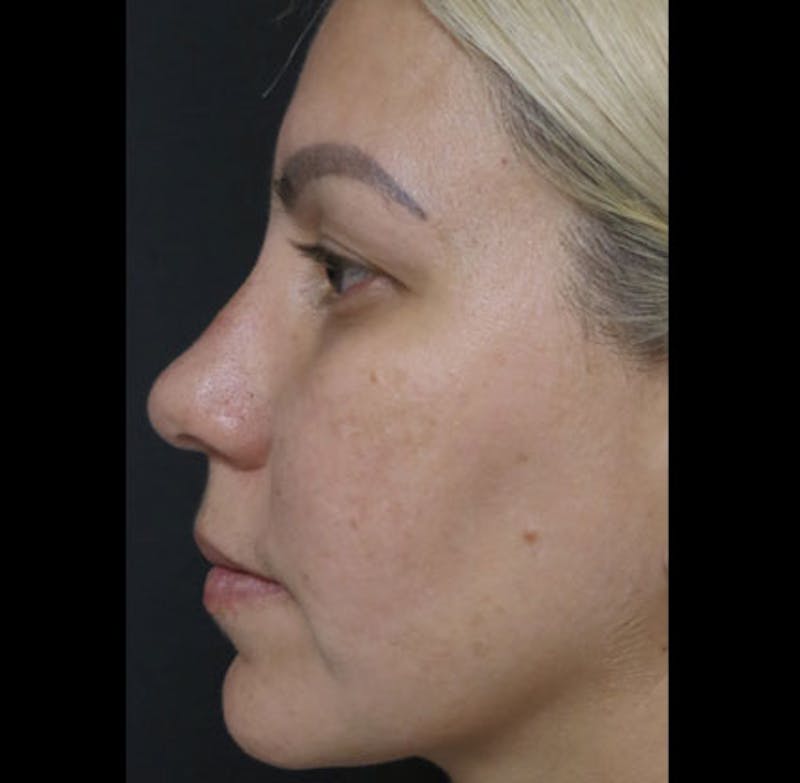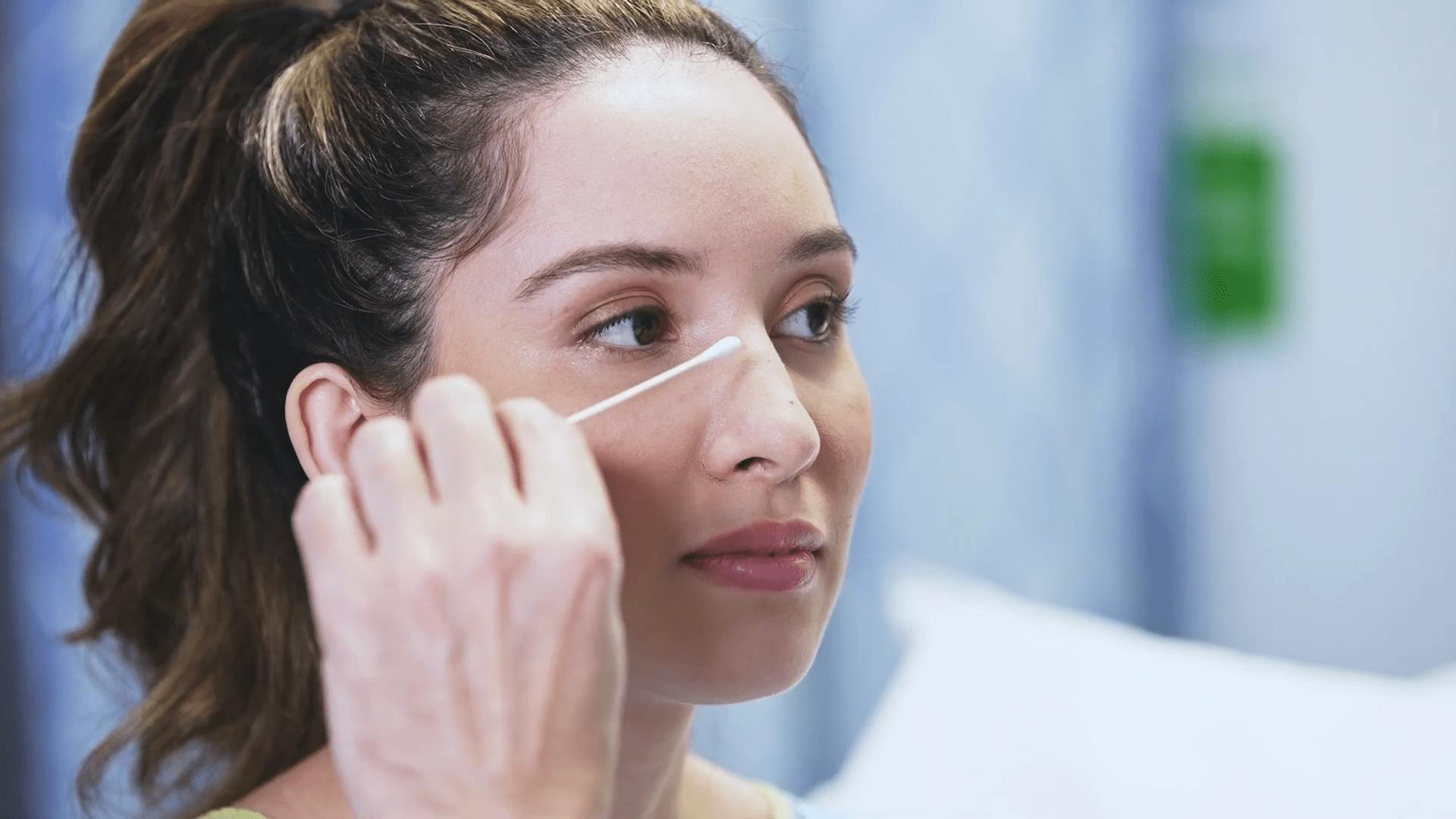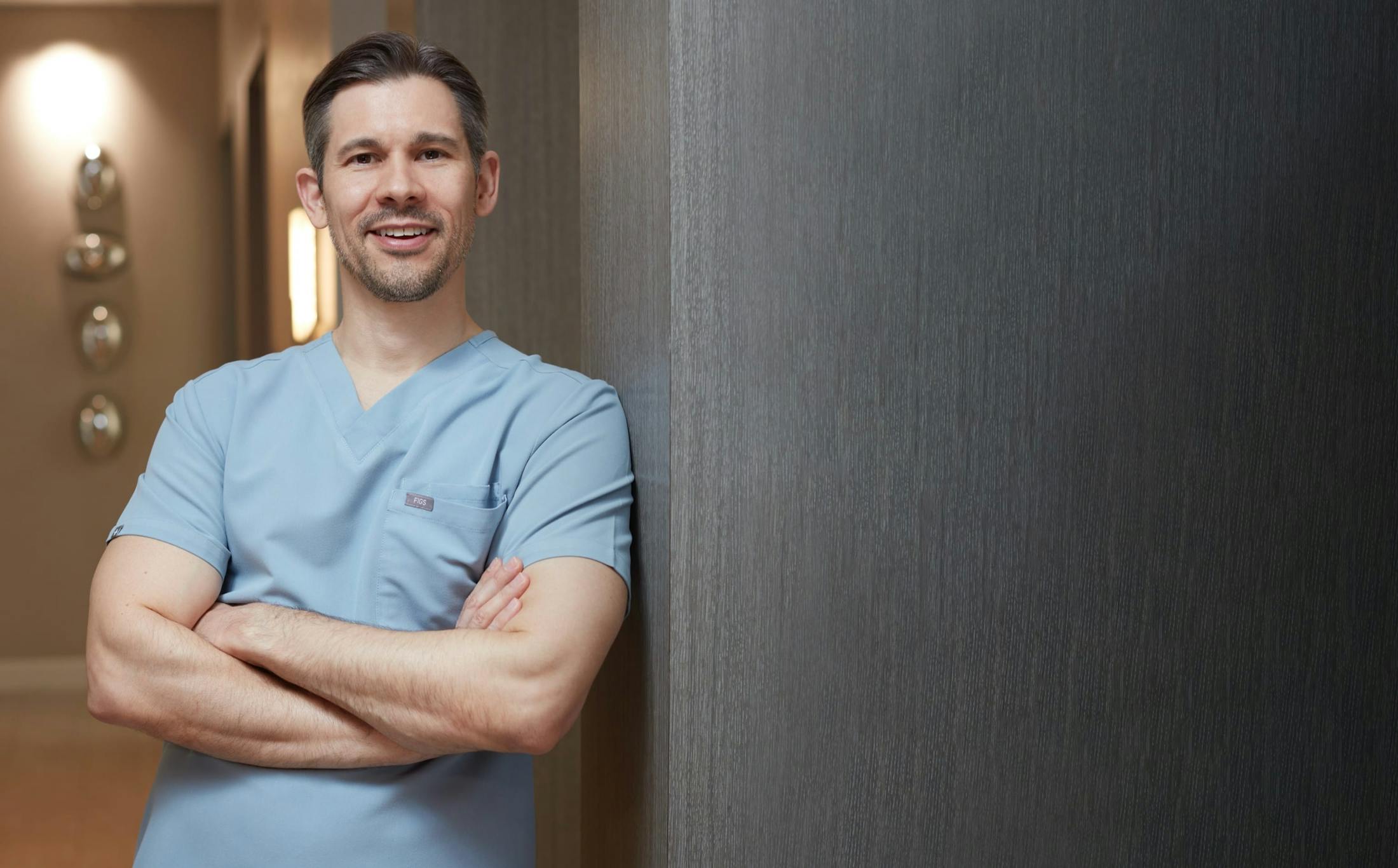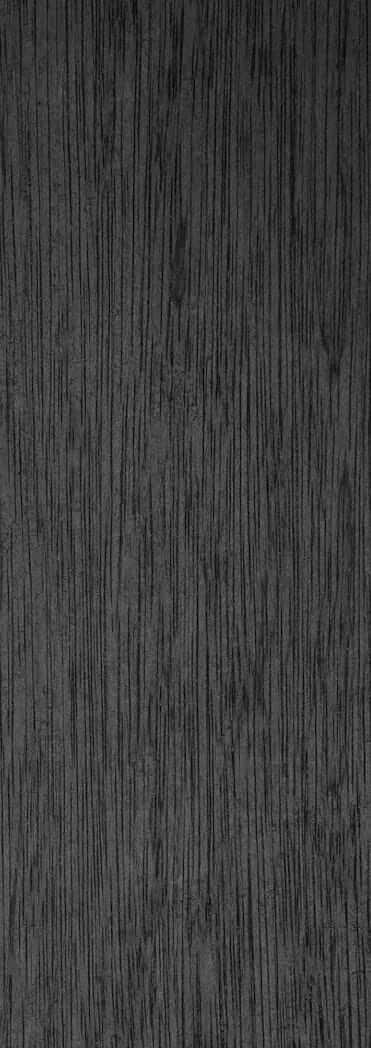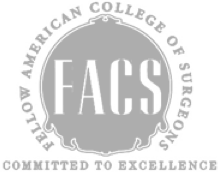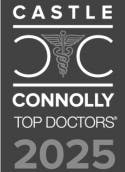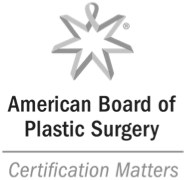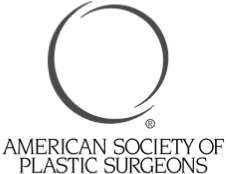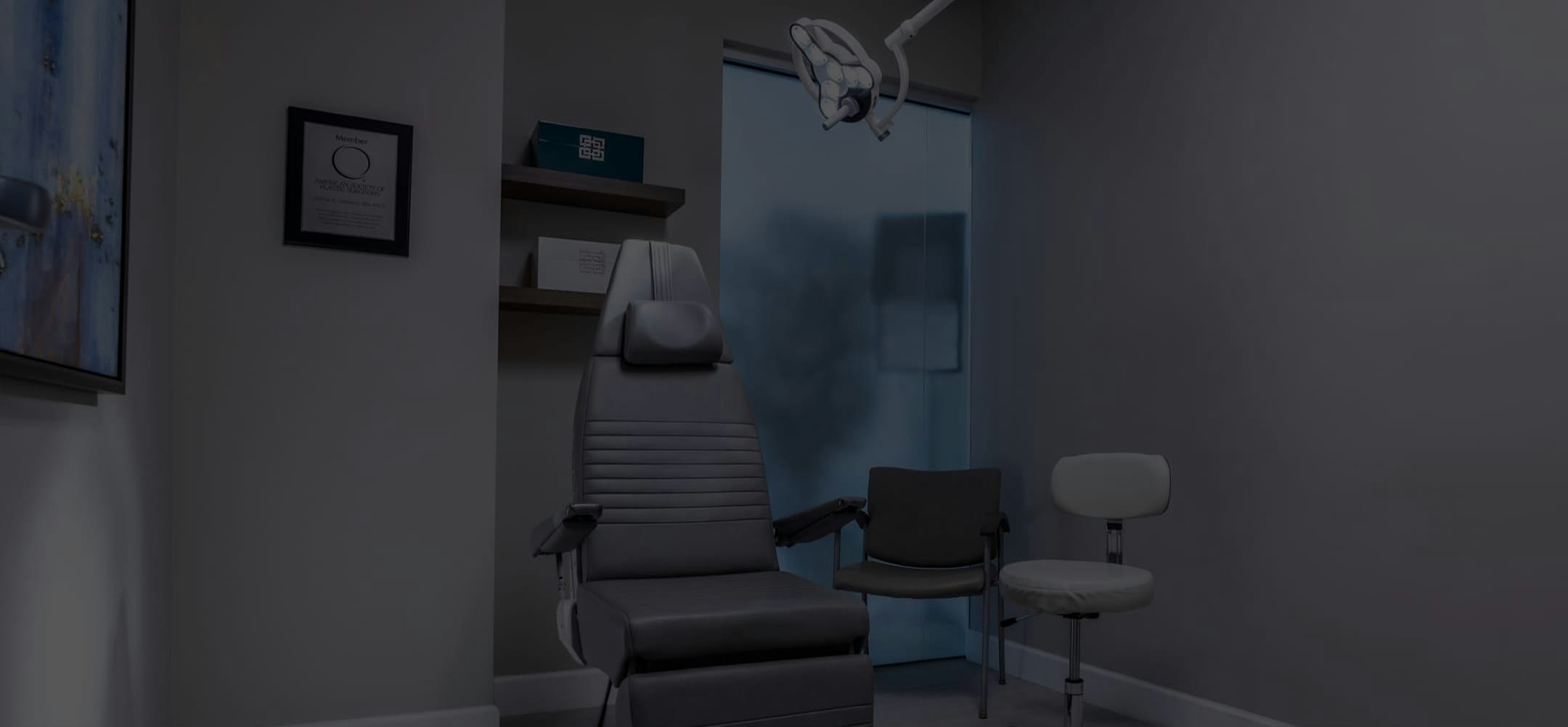The frustration and disappointment of a failed rhinoplasty procedure is a burden that can be quite devastating. Not only is the result unsatisfactory, but the trust between surgeon and patient has likely been lost.
What to Expect When Undergoing Revision Rhinoplasty
In any type of surgery, it is much more difficult to work with stiff scar tissue and bone and cartilage that have been weakened by prior surgery. Because of this, revision rhinoplasty often requires more surgical time and a longer recovery period. Cartilage grafts may be necessary for adequate structural support. These grafts can be harvested from the septum or the ear through hidden incisions behind the ear. Sometimes, prominent ears can be pinned or set back at the same time. Noses that are severely depleted of cartilage may require cartilage grafts harvested from both ears or even a harvested rib. In some severe cases, full nasal revision may take more than one surgery. Additionally, if the primary rhinoplasty has not fully healed, patients may expect a better result if they wait until healing is complete and swelling improves before undergoing another surgery.
The revision surgeon must work around scar tissue and be able to repair a three-dimensional structural support, often with harvested cartilage. Some patients have had an overly aggressive reshaping of the nasal bridge, leaving the remaining structure thin and without strength.
Building up the internal nasal structure expands tight scarred tissues and reinforces the underlying cartilaginous and bony nasal skeleton. This is paramount in revision rhinoplasty surgery for a nose that remains stable and can provide a lifetime of functional airflow. Long-term results are the hallmark of a proficient revision rhinoplasty surgeon.
